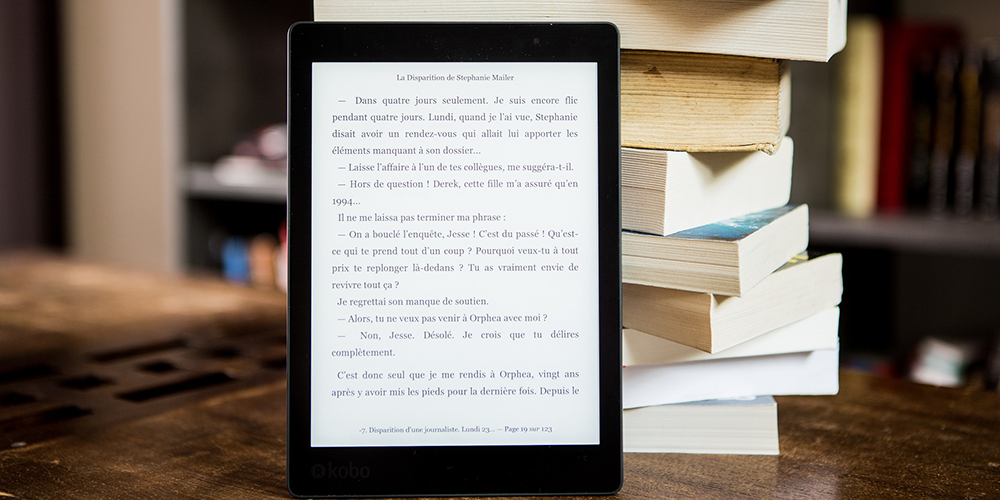If you are someone who enjoys or is interested in digital literature, you probably know that there are a variety of ways in which you can experience it. Be it ebook or audiobook, the number of platforms you can choose from grows as time passes. In today’s blog post, we want to present you with a brief analysis of the current market for digital literature and its characteristics, trends, and platforms with the services they offer.
One of the main aspects that is necessary to understand about digital literature (and that is a particular characteristic of the subscription-based streaming era we are living in) is that unlike its printed counterpart, digital books are streamed, not owned. This is even true for ebooks that you buy, for example, at Barnes & Noble and on Amazon. You are not truly purchasing a file that you can later lend or give away or sell to someone else if you wish to. Instead, you are paying to gain access to a certain material on a dedicated platform with limited sharing capabilities.
As you do not own your copy, subscription services have to compensate by offering diverse and numerous libraries. Some of these backlist titles can be hard to access in a printed format but are readily available to subscribers of these platforms. Nevertheless, each service is different. The more traditional models, like Scribd, Kindle Unlimited, or the international Storytel, offer a robust library composed of ebooks and audiobooks that you maintain access to as long as your subscription is active, although it might not include the newest titles on the market. In Kindle’s case specifically, the subscription does not offer complete access to their Amazon library, and their book selection fluctuates as well, meaning that not all the titles are available at any given time.
Other models, like Audible (which is owned by Amazon), offer a big library of audiobooks with current releases, but you can only access a limited amount of titles at a time in exchange for a credit. The rest have to be purchased separately. This is a similar model to that of the South Korean platform RidiBooks, which has not been brought over stateside yet. This service offers ebooks and audiobooks but has the particularity that it heavily features serialized fiction that updates constantly, a type of literature that does particularly well on platforms like this or like Webtoon.
Another prominent subscription service that has risen in notoriety is Substack. The platform focuses on connecting independent authors and their audiences more directly, facilitating the process of independent publishing. This is a very tailored experience for both writers and readers. It gives the authors the ability to control how to publish their content—free, paid (minimum of five dollars a month), or a combination of both—where the author gets to choose to make certain posts available to entice the interest of the audience that might not be subscribed. On the audience side, it adjusts the experience to their own needs by offering a variety of filters while also providing the ability to check an author’s page before deciding to subscribe or not.
With subscription-based services on the rise, it’s possible to identify one notorious trend: it is not about providing the same experience as a regular book in a digital form, but rather to deliver an experience to their audience that is specially designed for them and that they could not get otherwise. Instead of trying to replicate what succeeds in the physical format, current models for ebooks and audiobooks services are trying to embrace what makes them unique. Because of this, the future seems to bring further diversification for digital literature and the models of distribution it uses.

